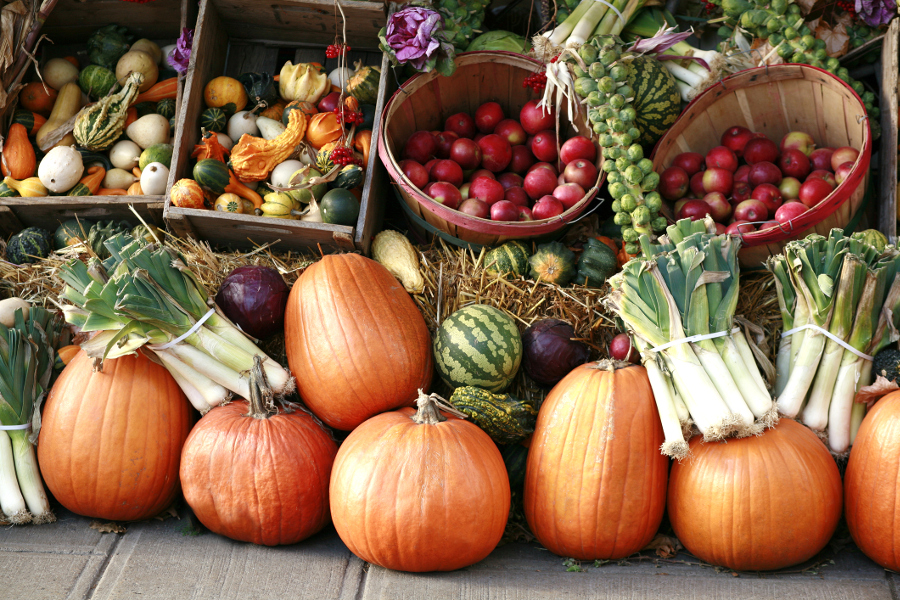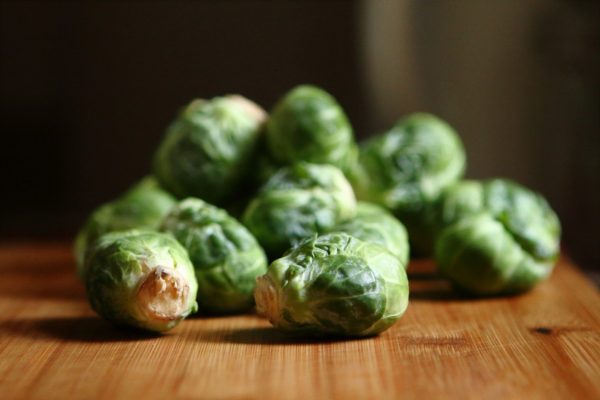Whitman School Names Julie Niederhoff as Chair of Marketing Department
The Whitman School of Management has appointed Associate Professor Julie Niederhoff as chair of the marketing department, effective Aug. 4. Niederhoff has been with the Whitman School since 2007, and also serves as co-director of the H.H. Franklin Center for…


 Did you know New York is one of the top agricultural states in the nation? It is! About 20 percent of the state’s land area—more than seven million acres—is farmland, with some 36,000 crop and dairy farms. New York is the second-largest producer of apples, snap beans and maple syrup; third in cabbage, grapes and dairy; and fourth in pears. Overall, agriculture in our state is a $42 billion industry.
Did you know New York is one of the top agricultural states in the nation? It is! About 20 percent of the state’s land area—more than seven million acres—is farmland, with some 36,000 crop and dairy farms. New York is the second-largest producer of apples, snap beans and maple syrup; third in cabbage, grapes and dairy; and fourth in pears. Overall, agriculture in our state is a $42 billion industry.
 Butternut Squash Soup
Butternut Squash Soup Roasted Brussels Sprouts
Roasted Brussels Sprouts